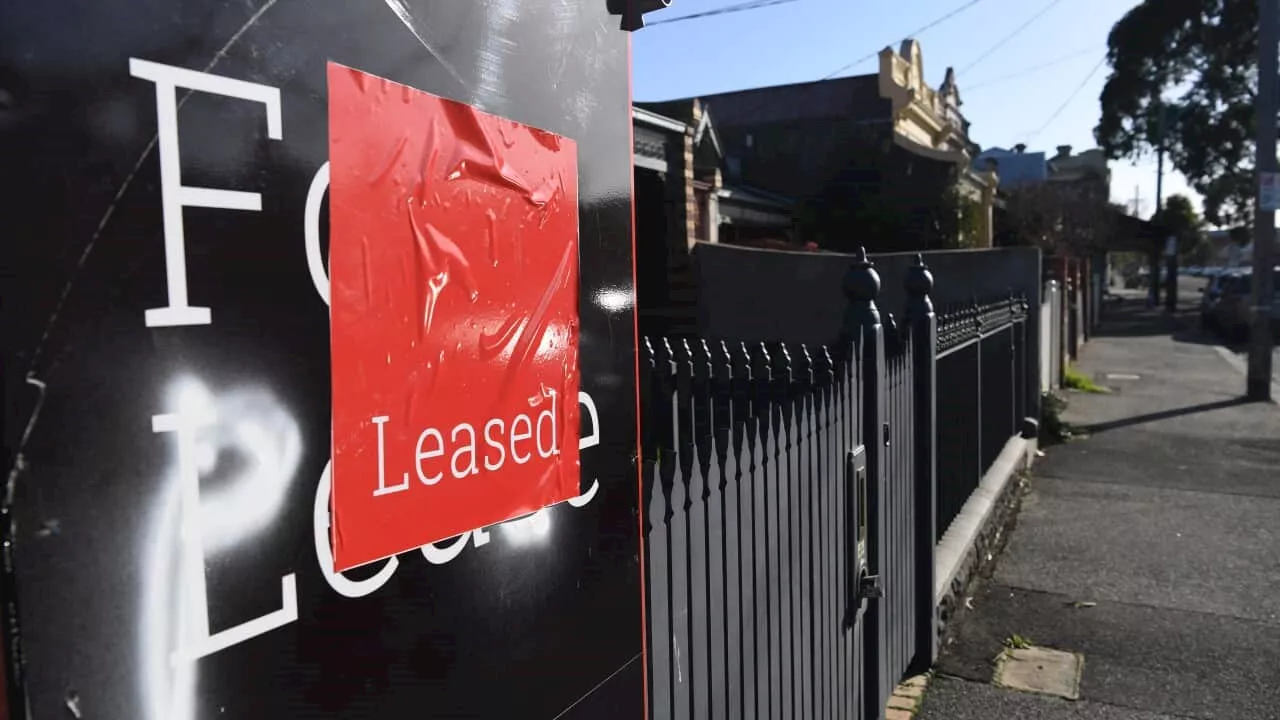AGL, the energy giant, reports a quadrupling of underlying net profit for the December half, but also a significant increase in bad debt expense due to higher wholesale electricity prices.
When Commonwealth Bank reports its December-half profit on Wednesday, analysts will pore over its credit quality metrics for any signs that higher interest rates and cost-of-living pressures are forcing bad debt s higher. In all likelihood, there will be very little to see, perhaps beyond minor increases in loan losses. But that’s not to say there aren’t pockets of distress emerging in other parts of the economy – just ask energy giant AGL .
underlying net profit quadrupling to $399 million for the December half as the lagged effect of last year’s higher wholesale electricity prices swelled its top and bottom lines. But those higher prices came with pain for some customers. AGL’s net bad debt expense rose 73 per cent year-on-year to $59 million, and has doubled since the December half of 2022. At some level, it makes sense that bad debts would surge at a power company, and not a bank. For starters, AGL doesn’t get to do the deep credit checks on its customers that a bank doe
AGL Energy Profit Bad Debt Electricity Prices
Australia Latest News, Australia Headlines
Similar News:You can also read news stories similar to this one that we have collected from other news sources.
 Volatility in Australian Job Market as Employment Falls by 65,000 in DecemberThe number of people in jobs fell by 65,000 in December from previous record levels, indicating a cooling labour market. The unemployment rate remained steady at 3.9 per cent. Changing hiring patterns leading into Christmas likely contributed to the volatility in monthly jobs figures.
Volatility in Australian Job Market as Employment Falls by 65,000 in DecemberThe number of people in jobs fell by 65,000 in December from previous record levels, indicating a cooling labour market. The unemployment rate remained steady at 3.9 per cent. Changing hiring patterns leading into Christmas likely contributed to the volatility in monthly jobs figures.
Read more »
 Housing Loans Fall in December, but Strong Annual Growth RemainsFirst home buyers and investors are boosting demand. ANZ senior economist predicts a 6% rise in housing prices in capital cities through 2024. ABS reports a 20.4% growth in investor loans and 7.4% growth in owner-occupier loans. Undersupply expected to be a major issue in the property market.
Housing Loans Fall in December, but Strong Annual Growth RemainsFirst home buyers and investors are boosting demand. ANZ senior economist predicts a 6% rise in housing prices in capital cities through 2024. ABS reports a 20.4% growth in investor loans and 7.4% growth in owner-occupier loans. Undersupply expected to be a major issue in the property market.
Read more »
 NSW Building Commission Established to Tackle Shoddy Development WorkThe NSW Building Commission was established in December 2023 to tackle shoddy development work across the state. A state government strata survey revealed 53 per cent of apartments registered from 2016 to 2022 have at least one serious defect.
NSW Building Commission Established to Tackle Shoddy Development WorkThe NSW Building Commission was established in December 2023 to tackle shoddy development work across the state. A state government strata survey revealed 53 per cent of apartments registered from 2016 to 2022 have at least one serious defect.
Read more »
 Rent Hikes Continue During Holiday Season, Renters StruggleRenters did not receive any relief during the holiday season as rent hikes continued. According to the latest PropTrack Market Insight report, the national median rent rose by 1.8 per cent in the December quarter, reaching $580 per week. This is an 11.5 per cent increase compared to the previous year, which means weekly rents are $60 more expensive than they were in early 2023. Gennadi Kazakevitch from the Department of Economics at Monash University said that, when prices for any product or service rise, economists always look for an increase in demand that exceeds an increase in supply.
Rent Hikes Continue During Holiday Season, Renters StruggleRenters did not receive any relief during the holiday season as rent hikes continued. According to the latest PropTrack Market Insight report, the national median rent rose by 1.8 per cent in the December quarter, reaching $580 per week. This is an 11.5 per cent increase compared to the previous year, which means weekly rents are $60 more expensive than they were in early 2023. Gennadi Kazakevitch from the Department of Economics at Monash University said that, when prices for any product or service rise, economists always look for an increase in demand that exceeds an increase in supply.
Read more »
 US Nonfarm Payrolls Rise by 353,000 in JanuaryTotal nonfarm payroll employment rose by 353,000 in January, and the unemployment rate remained at 3.7 per cent. Job gains occurred in professional and business services, health care, retail trade, and social assistance. Employment declined in mining, quarrying, and oil and gas extraction. In January, average hourly earnings for all employees on private nonfarm payrolls rose by US19¢, or 0.6 per cent, to $US34.55. Over the past 12 months, average hourly earnings have increased by 4.5 per cent. The average workweek for all employees on private nonfarm payrolls decreased by 0.2 hour to 34.1 hours in January and is down by 0.5 hour over the year.said hiring has shifted into high gear. “In addition to the strength of hiring in January, the last two months were revised up by a total of 126,000, with most of that increase occurring in December (333,000 v 216,000 initially). This broke a trend of downward revisions seen throughout most of last year. Over the last three-months, payroll employment has increased by an average of a staggering 289,000 compared to 207,000 in October
US Nonfarm Payrolls Rise by 353,000 in JanuaryTotal nonfarm payroll employment rose by 353,000 in January, and the unemployment rate remained at 3.7 per cent. Job gains occurred in professional and business services, health care, retail trade, and social assistance. Employment declined in mining, quarrying, and oil and gas extraction. In January, average hourly earnings for all employees on private nonfarm payrolls rose by US19¢, or 0.6 per cent, to $US34.55. Over the past 12 months, average hourly earnings have increased by 4.5 per cent. The average workweek for all employees on private nonfarm payrolls decreased by 0.2 hour to 34.1 hours in January and is down by 0.5 hour over the year.said hiring has shifted into high gear. “In addition to the strength of hiring in January, the last two months were revised up by a total of 126,000, with most of that increase occurring in December (333,000 v 216,000 initially). This broke a trend of downward revisions seen throughout most of last year. Over the last three-months, payroll employment has increased by an average of a staggering 289,000 compared to 207,000 in October
Read more »
